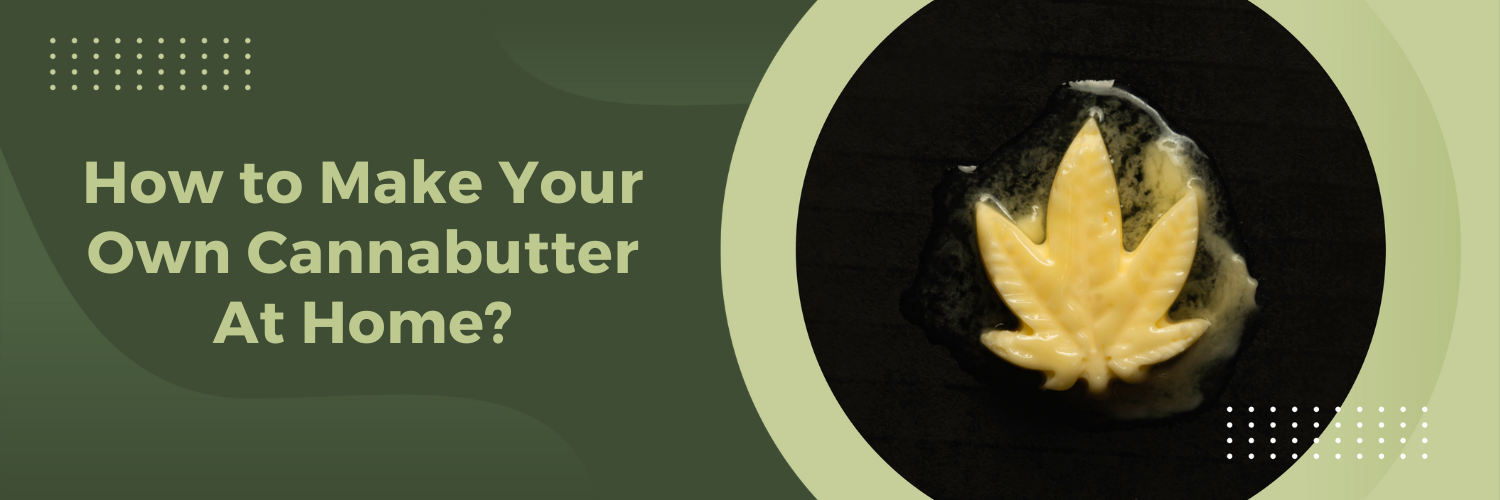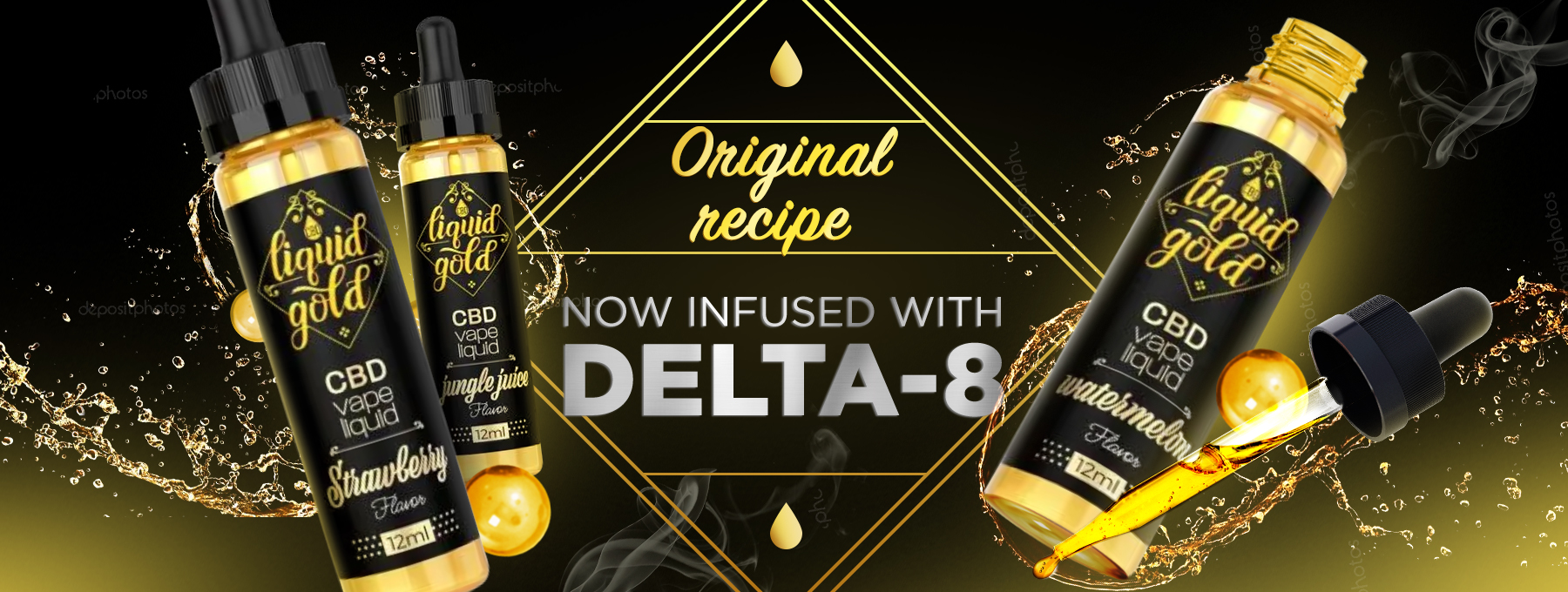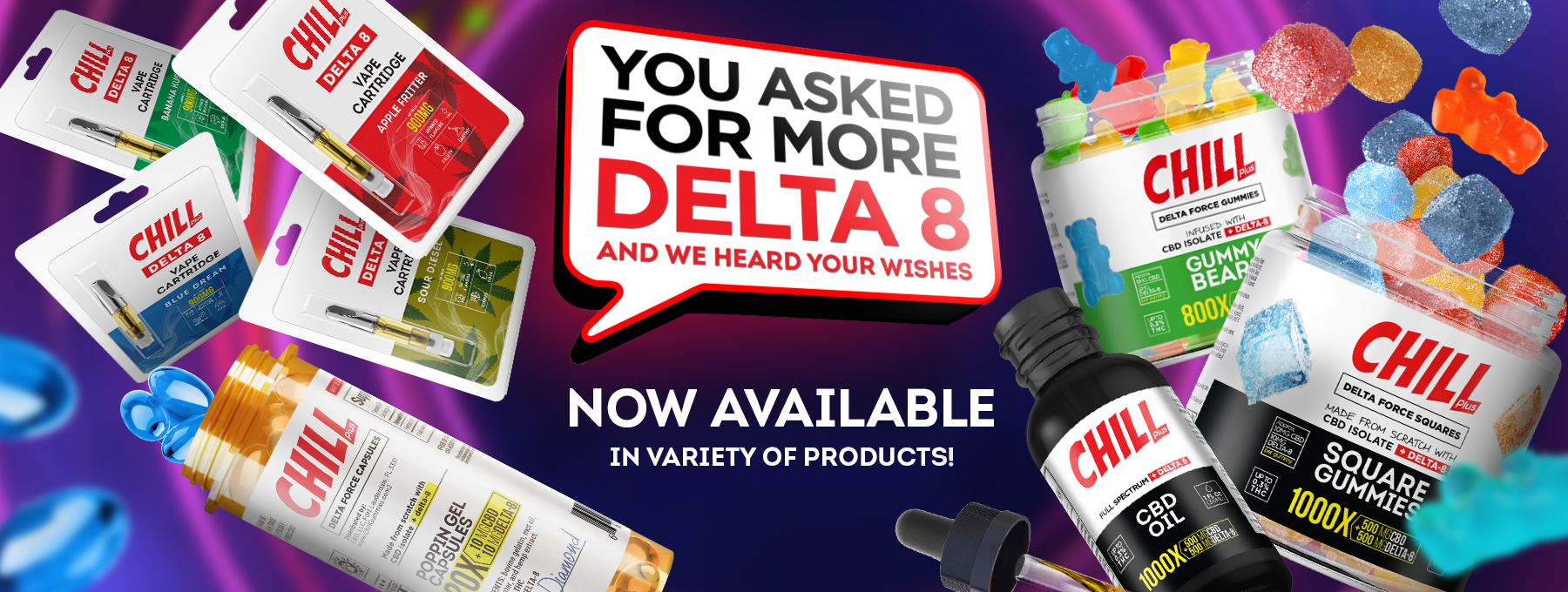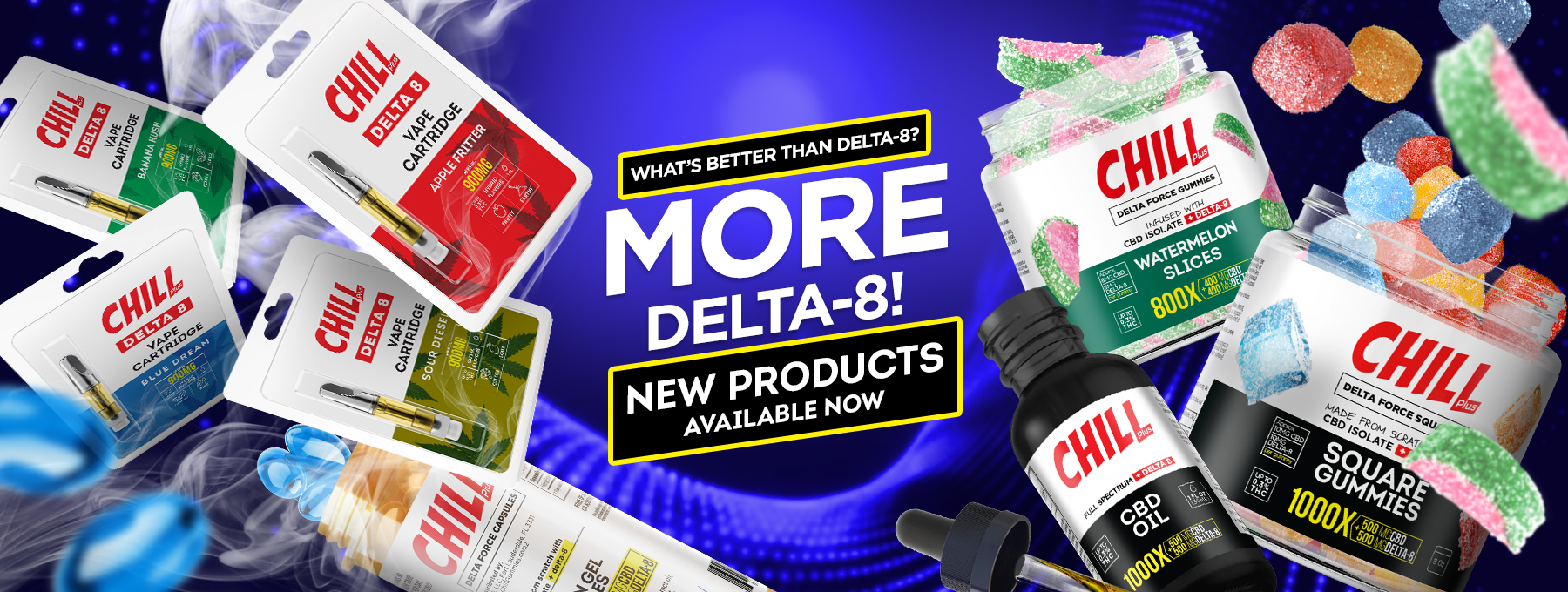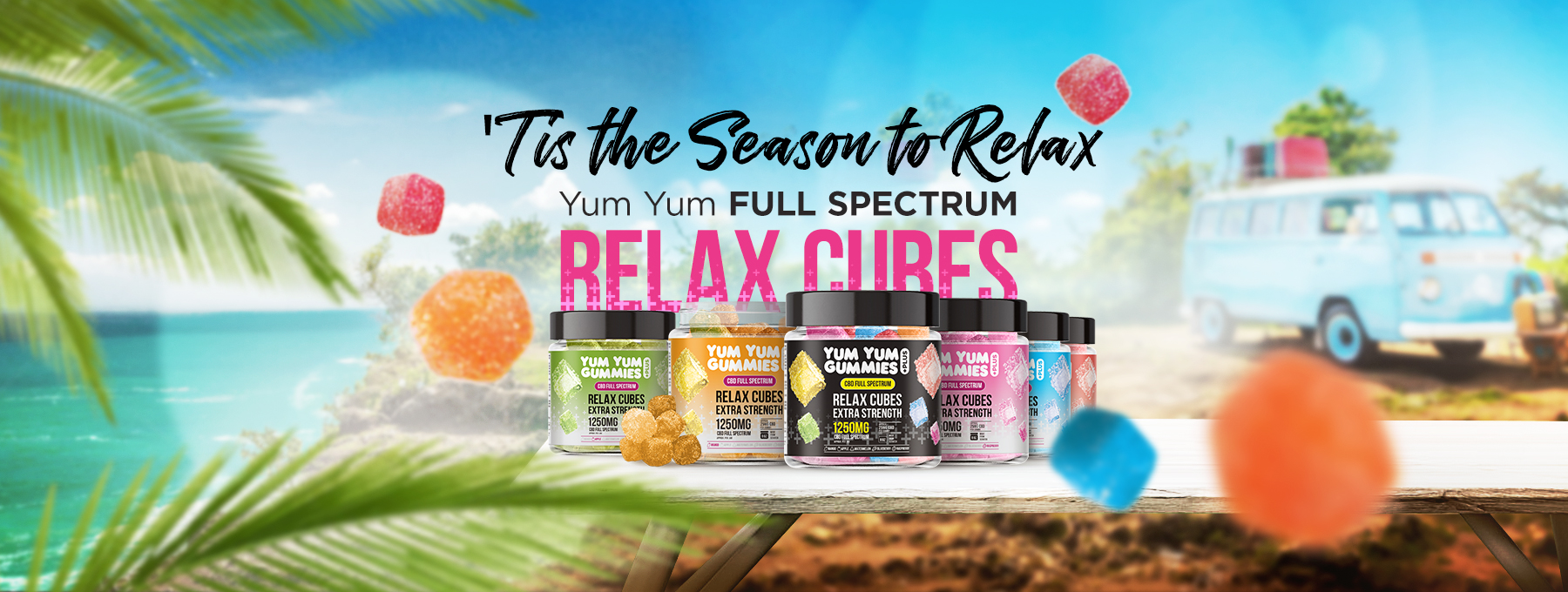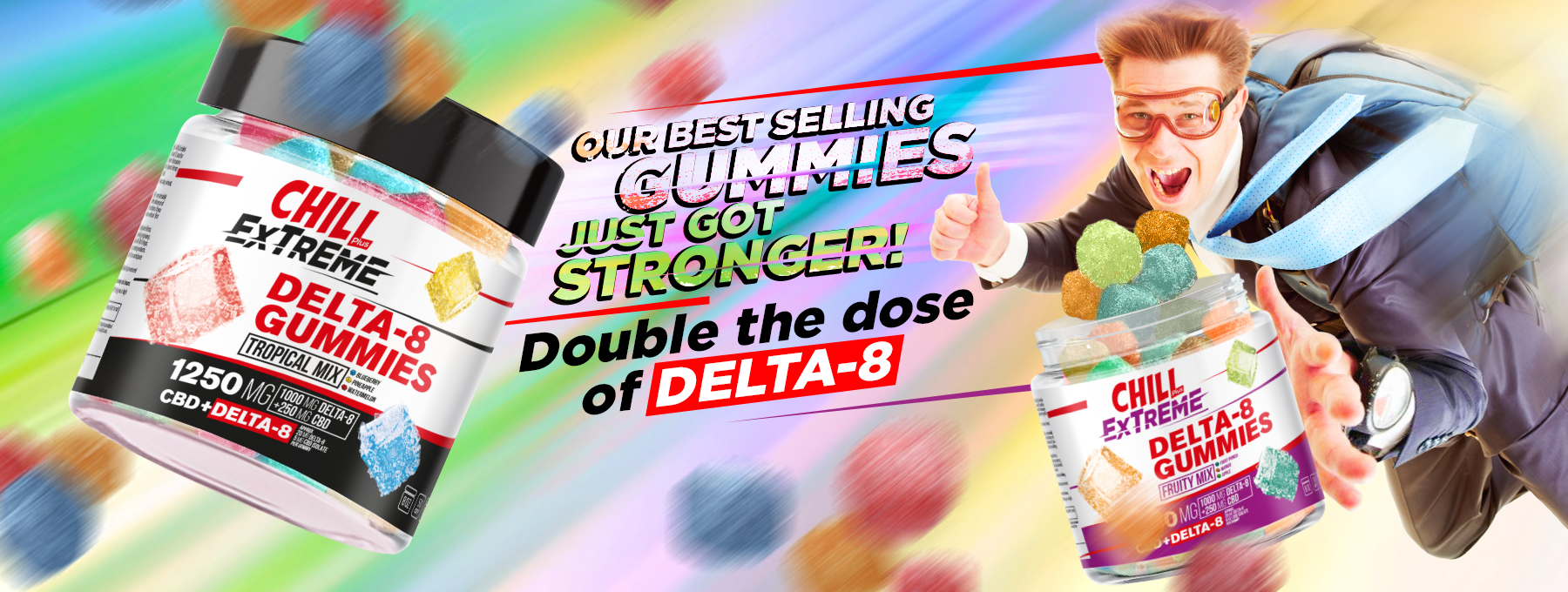What is Cannabutter?
Cannabutter is a popular cannabis-infused ingredient that can be used in a variety of recipes, from baked goods to savory dishes. By infusing butter with cannabis, you can easily incorporate the therapeutic properties of the plant into your favorite foods. Making cannabutter at home offers several benefits, including cost-effectiveness, customization of potency, and control over the ingredients used. However, before diving into the process, it’s essential to be aware of the legal considerations and to use the final product responsibly and in accordance with local laws and regulations.
Cannabutter is a simple combination of cannabis and butter, but the science behind its preparation is more complex. The primary psychoactive compound in cannabis, THC (tetrahydrocannabinol), is not present in its active form in raw cannabis. Therefore, decarboxylation, the process of heating cannabis to convert THCA into THC, is a crucial step in making cannabutter. This conversion enhances the potency and makes the psychoactive effects of the cannabis available.
Ingredients and Tools
To create high-quality cannabutter, you’ll need a few essential ingredients and tools. The first step is choosing the right cannabis strain. Indica strains are generally recommended for their calming effects, while sativa strains provide more uplifting sensations. Decarboxylation is the next critical process, as it activates the cannabinoids, enhancing their potency. To do this, finely grind the cannabis and spread it in a thin layer on a baking sheet. Bake it in the oven at 240°F (115°C) for about 40-60 minutes, ensuring it turns light brown.
For the infusion, selecting quality butter is essential. Use unsalted butter with a high fat content for the best results, as cannabinoids bind better to fat. Additionally, you will need water to prevent the butter from burning during the infusion. Necessary kitchen equipment includes an oven, baking sheet, grinder, saucepan, cheesecloth or fine mesh strainer, and a container for storing the cannabutter.
Step-by-Step Guide to Making Cannabutter
Step 1: Decarboxylation
Begin by preheating your oven to 240°F (115°C). While the oven heats, break down the cannabis buds into smaller pieces using a grinder. Spread the ground cannabis evenly on a baking sheet lined with parchment paper. Place the baking sheet in the preheated oven and bake for 40-60 minutes, ensuring that the cannabis turns light brown.
Step 2: Infusion
In a saucepan, combine the butter and water in a 1:1 ratio. Add the decarboxylated cannabis to the mixture and stir well. Simmer the mixture over low heat for 2-3 hours, making sure it never comes to a boil. Stir occasionally to prevent sticking or burning. The low heat allows the cannabinoids to infuse into the butter effectively.
C. Step 3: Straining and Storing
After simmering, let the mixture cool slightly. Place a cheesecloth or fine mesh strainer over a container and carefully pour the cannabutter mixture through it. Squeeze or press the plant material in the cloth to extract as much liquid as possible. Allow the cannabutter to cool and solidify at room temperature. Once cooled, store it in an airtight container in the refrigerator for later use.
Benefits of Cannabutter
Cannabutter offers a range of benefits, making it a popular choice for those interested in incorporating cannabis into their daily routines. Here are some of the key benefits of using cannabutter:
- Customizable Potency: Making cannabutter at home allows you to control the potency of the final product. By choosing the cannabis strain, adjusting the amount used, and calculating the dosage per serving, you can tailor the potency to suit your individual needs and preferences.
- Versatility: Cannabutter can be used in a wide variety of recipes, from sweet to savory dishes. It adds a unique flavor profile to your favorite foods and allows you to enjoy the therapeutic effects of cannabis in various culinary creations.
- Long-Lasting Effects: When consumed orally, cannabinoids in cannabutter are metabolized by the liver, resulting in a slower onset of effects compared to smoking or vaping. The effects can last for several hours, providing a sustained and more extended therapeutic experience.
- Improved Dosage Accuracy: Measuring the dosage of cannabis can be challenging when smoking or vaping. With cannabutter, you can accurately measure the amount of THC or CBD in each serving, enabling you to have better control over your consumption and minimize the risk of overconsumption.
- Discreet Consumption: Unlike smoking or vaping, consuming cannabutter-infused foods allows for a more discreet experience. This makes it a suitable option for those who prefer a more private and inconspicuous way of using cannabis.
- Enhanced Medicinal Benefits: Cannabis contains various cannabinoids, including THC and CBD, which are known for their potential medicinal properties. Cannabutter provides an alternative method of accessing these therapeutic compounds, potentially offering relief from pain, inflammation, anxiety, and other health issues.
- Efficient Use of Cannabis: Cannabutter ensures that no part of the cannabis plant goes to waste. By infusing the cannabinoids into the butter, you can utilize the entire plant, maximizing its potential benefits.
- Cost-Effective: Making cannabutter at home can be more cost-effective in the long run compared to purchasing pre-made cannabis-infused products. It allows you to use smaller amounts of cannabis to achieve the desired effects, thus stretching your supply further.
- Enjoyable Culinary Experience: Cooking and baking with cannabutter can be a fun and creative experience. It opens up a world of possibilities, allowing you to experiment with different recipes and enjoy delicious edibles with a unique twist.
- Social Bonding: Sharing cannabutter-infused dishes with friends and family can create a sense of camaraderie and enjoyment. It can also serve as a conversation starter and a way to connect with others who share similar interests in cannabis and culinary experiences.
However, it is essential to note that while cannabutter has its benefits, responsible usage and adherence to local laws and regulations are crucial to ensure a safe and positive experience. As with any cannabis product, moderation and mindful consumption are key to reaping the full advantages of cannabutter. Always start with a low dose and gradually increase as needed, and seek medical advice if you have any underlying health conditions or concerns.
Dosage and Responsible Usage
Understanding the dosage and potency of your cannabutter is crucial to ensure a safe and enjoyable experience. Start with a small amount and wait for at least two hours before consuming more, as the effects can be delayed. Keep track of your dosage and its effects to find your optimal amount. Always use cannabutter responsibly and avoid driving or operating heavy machinery while under its influence.
Culinary Uses of Cannabutter
Cannabutter can be used as a substitute for regular butter in various recipes, such as cookies, brownies, cakes, and pasta dishes. Remember that heating cannabutter can affect its potency, so avoid high-temperature cooking methods that could degrade the cannabinoids. Instead, opt for recipes that require low to medium heat, ensuring that the therapeutic properties of the cannabis remain intact.
Common issues when making cannabutter include overcooking the cannabis during decarboxylation or infusion, resulting in a bitter taste or reduced potency. To troubleshoot, adjust the temperature and cooking times accordingly.
Conclusion
Making cannabutter at home can be an enjoyable and rewarding process. From selecting the right strains to understanding the infusion process, this guide has covered all the essentials. Whether you’re a first-timer or a seasoned chef, there’s always room to explore and experiment with new recipes. Enjoy your culinary journey with Cannabutter, but always remember to do so responsibly.
For those looking to explore the benefits of CBD-infused products without the hassle of homemade concoctions, Leaf Alleviate offers a range of high-quality CBD products, including CBD gummies, oils, and tinctures. Check out Leaf Alleviate’s website to discover more about their premium offerings and start incorporating the goodness of CBD into your daily routine today!
FAQs
Q: What are the legal considerations for making cannabutter at home?
Different regions have varying laws regarding cannabis possession, use, and cultivation. Always research and comply with local regulations.
Q: How can I choose the best strain for my cannabutter?
When selecting a strain, consider your desired effects, taste preferences, and medicinal needs. Consult with a knowledgeable source if needed.
Q: Can I use margarine or other butter substitutes?
Yes, other fats like coconut oil or margarine can be used, but they may alter the taste and consistency of your final product.
Q: How long does cannabutter last in the fridge?
If stored properly in an airtight container, cannabutter can last up to a month in the refrigerator.
Q: What should I do if my cannabutter turns out too strong or weak?
If it’s too strong, you can dilute it with regular butter. If too weak, consider a more potent strain or longer infusion time next time. Always start with a small dose to gauge its strength.

